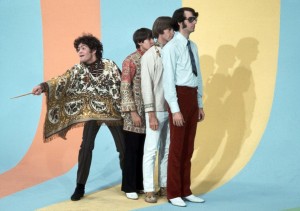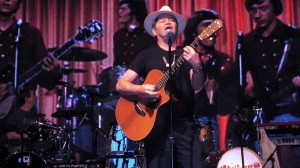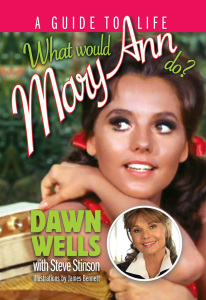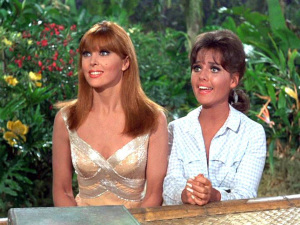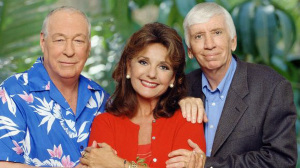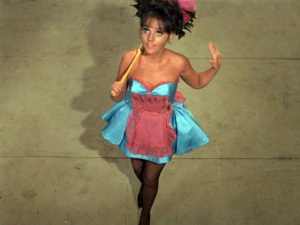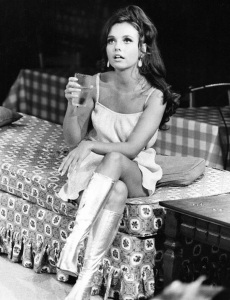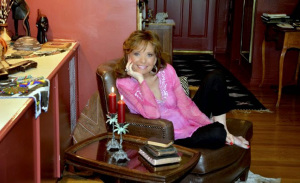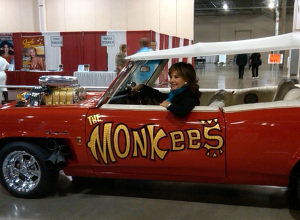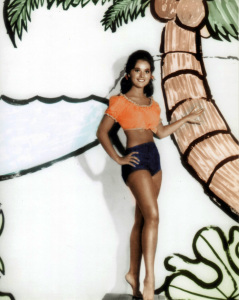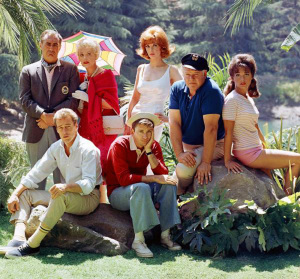
I wanted to share a few thoughts about actor Ken Osmond who played Eddie Haskell on the classic TV sitcom LEAVE IT TO BEAVER, as well as its revival, THE NEW LEAVE IT TO BEAVER, in the 1980s. Kenneth Charles Osmond passed away on May 18, 2020; he was 76 years old. LEAVE IT TO BEAVER ran for si seasons, from 1957 to 1963, and is still widely distributed in reruns. The Eddie Haskell role was originally to be a one shot deal, but the producers of the show really liked Osmond’s portrayal and kept the character in the series. Eddie appeared in 96 of the series’ 235 episodes. He was shrewd, under handed and, even if he wasn’t up to something, he always LOOKED like he was up to something that was borderline legal. Eddie was everything that his best friend, Wally Cleaver (Tony Dow) wasn’t; Wally made good grades, was an athlete, popular with girls and well liked by everybody. Eddie was none of those things and, maybe that was the secret of their friendship. I think at times that Wally secretly wanted to have a little more of the bad boy in him.

Wally’s parents, June and Ward (Barbara Billingsley and Hugh Beaumont), always saw through Eddie’s saccharine politeness (“Gee Missus Cleaver, your hair looks real pretty today.”), but generally let things be; he was always welcome in their home and they never told Wally that he couldn’t hang out with Eddie. Another friend, the loutish twenty year old high school senior, Clarence “Lumpy” Rutherford (wonderfully played by Frank Bank), sometimes accompanied the pair, falling in with Eddie on whatever scheme he had in mind. Likewise, Theodore “Beaver” Cleaver (played with kind of a dumbfounded simplicity by Jerry Mathers), had his share of friends who led him into mischief: Larry Mondello (Robert “Rusty” Stevens), who appeared in 68 early episodes and later, there was Richard Rickover, Gilbert Bates and Whitey Whitney (Rich Corell, Stephen Talbot and Stanley Fafara) to lead the gullible Beaver into some fairly far-fetched misadventures. But, it was Ken Osmond’s Eddie Haskell who was the gold standard for the bad boy character, played with an unctuous charm and a certain indefinable refinement that you really couldn’t help but like. We all knew (or was) an Eddie Haskell in grade or high school, so both kids and adults could easily relate to him and to the show. A few years back, TV GUIDE named Eddie as one of the most iconic characters in television history. It’s been said that Eddie was the role model for Bart Simpson.

When LEAVE IT TO BEAVER ended, Ken made guest appearances in other series in the mid-to-late ‘60s (THE MUNSTERS, PETTICOAT JUNCTION and LASSIE, to name a few) and a handful of TV movies, but, he was so typecast as Eddie Haskell, that his career never fully recovered; he ended up playing the character in …BEAVER reunion movies and series, as well as reprising the role in a couple of ‘90s series, PARKER LEWIS CAN’T LOSE and HI HONEY, I’M HOME. With a wife and a new baby on the way, Osmond became a Los Angeles motorcycle cop, serving from 1969 through 1988, when he was granted disability due to an injury suffered in the line of duty eight years earlier. He wrote a book in 2014 called EDDIE: THE LIFE AND TIMES OF AMERICA’S PREEMINENT BAD BOY, definitely a fun read. After 60 years, LEAVE IT TO BEAVER and Eddie Haskell’s slimy machinations are still fun to watch. I wanted to thank Ken Osmond for giving me a lot of laughs and a great character to remember him by. In a favorite episode, June says to Ward, “Of all the boys around, Wally would have to pick Eddie Haskell as his best friend.” Ward replies, “Oh, I don’t know dear, we need someone to blame Wally’s faults on.” And that pretty much sums it up for me!
All six seasons of LEAVE IT TO BEAVER are available on DVD and Blu-Ray, either individually or as a “Complete Series” box set.












